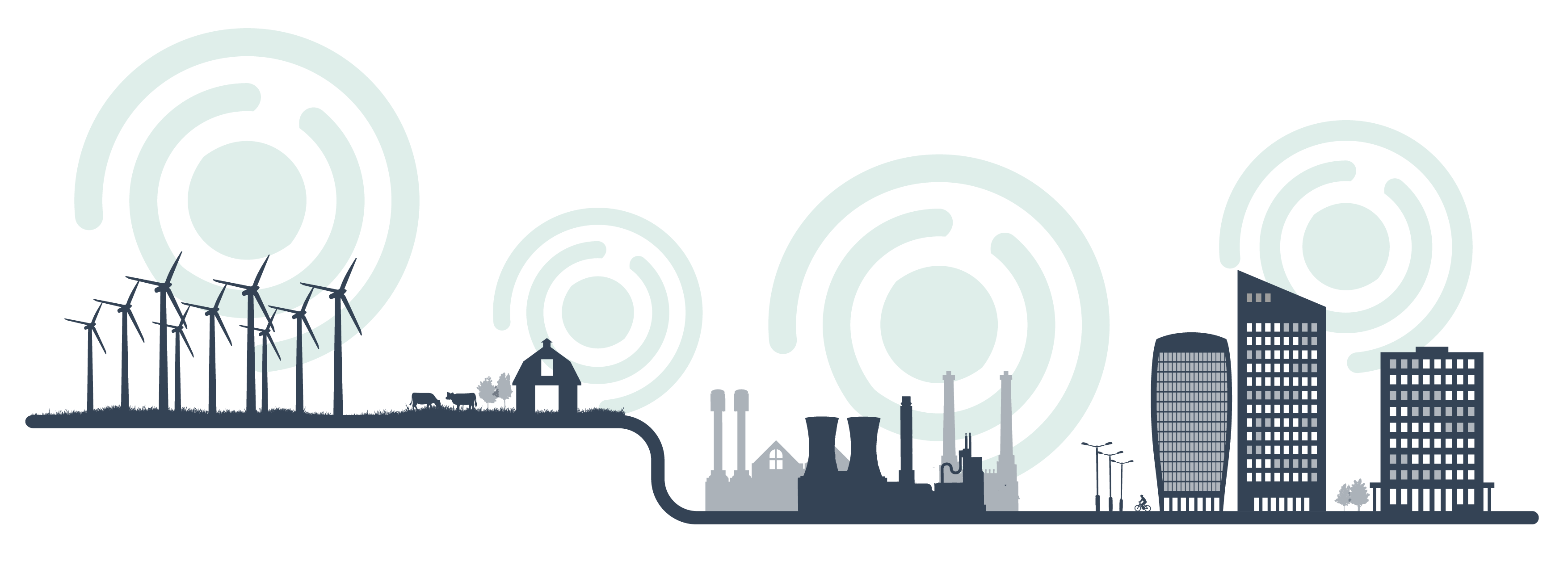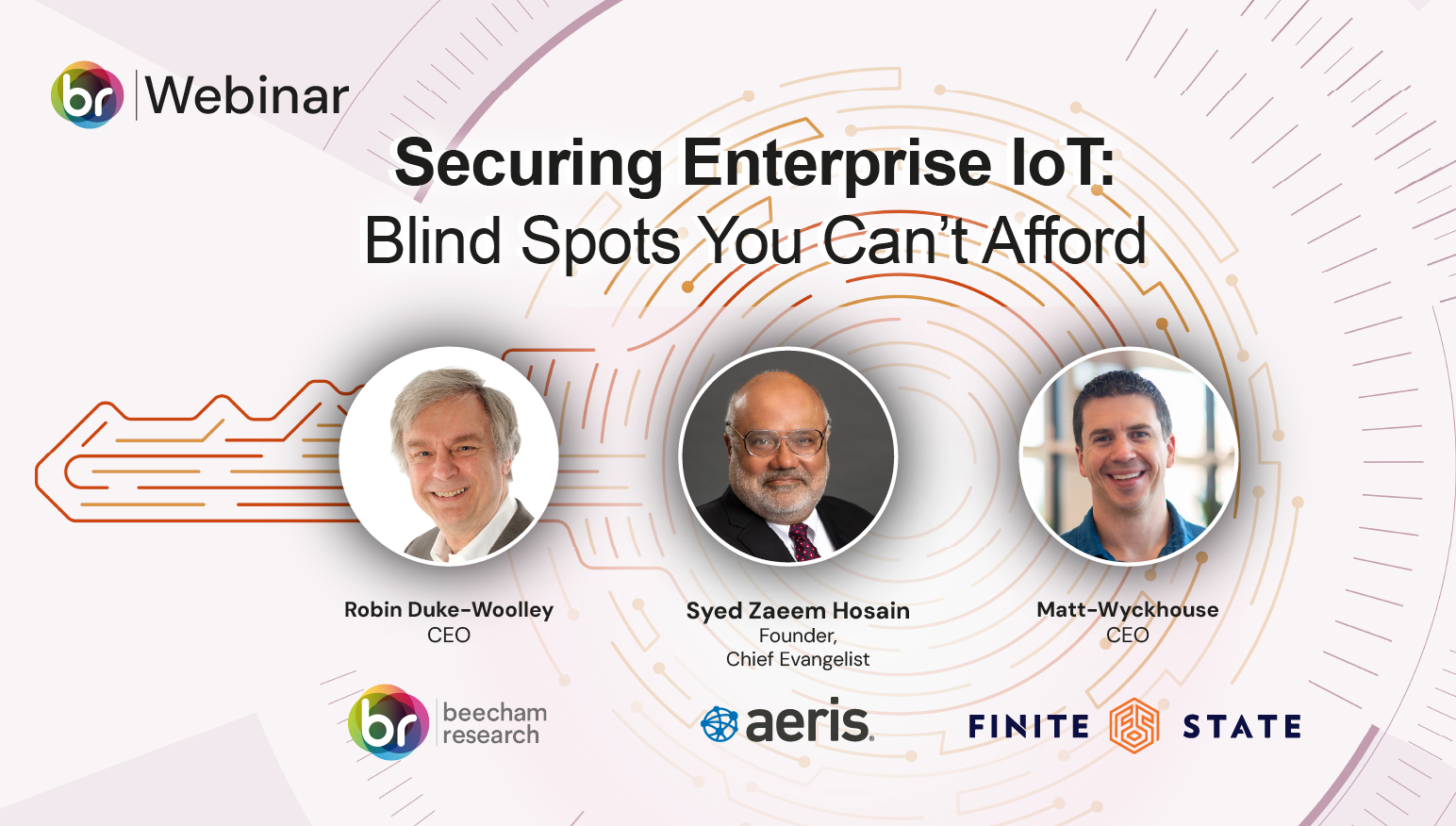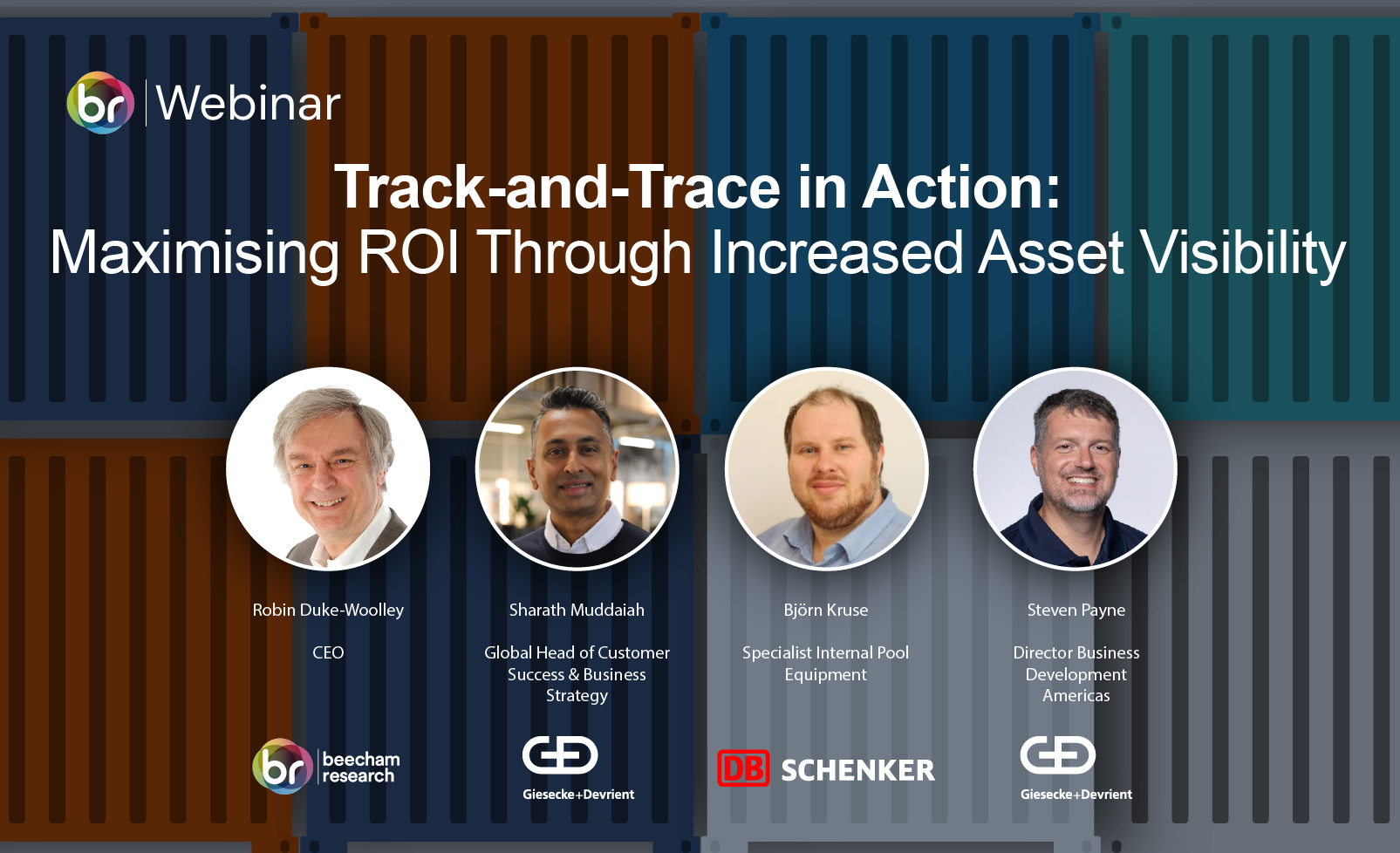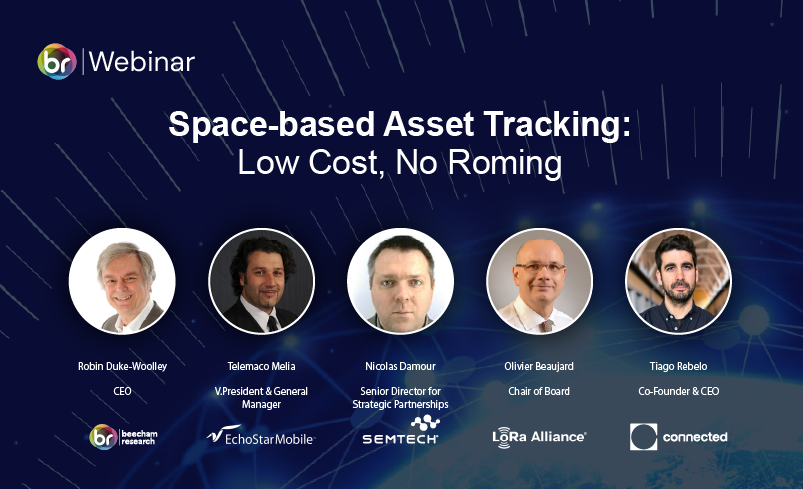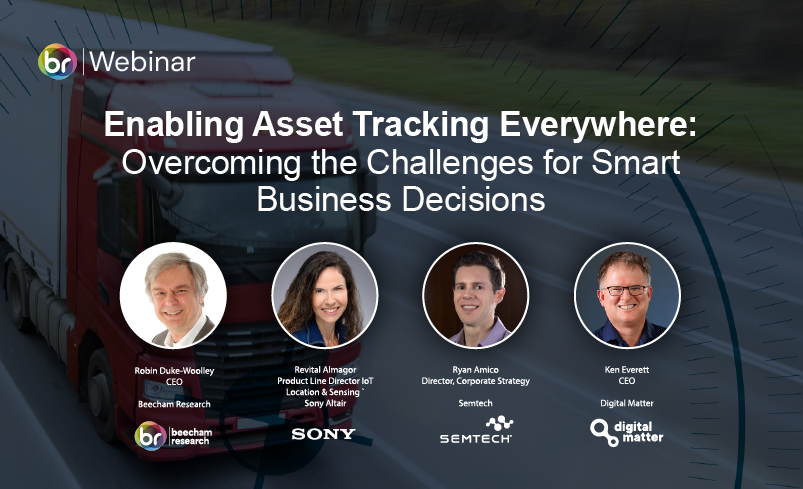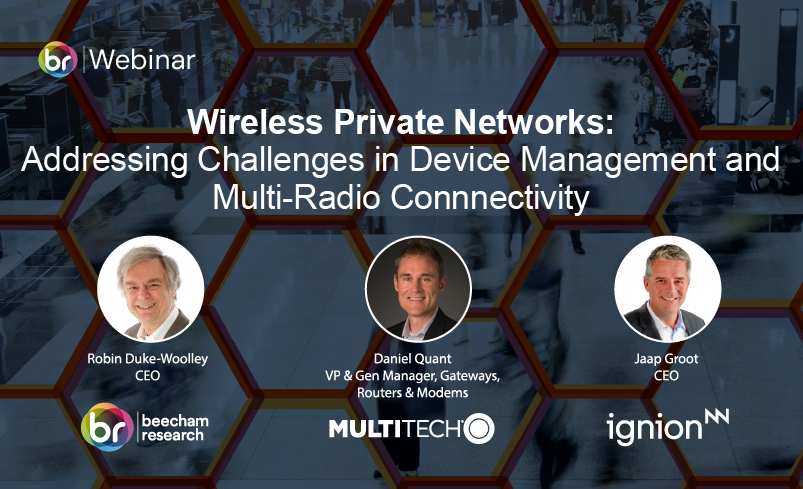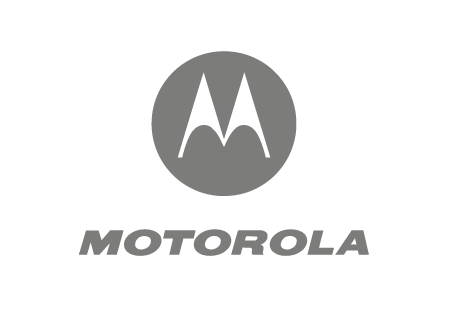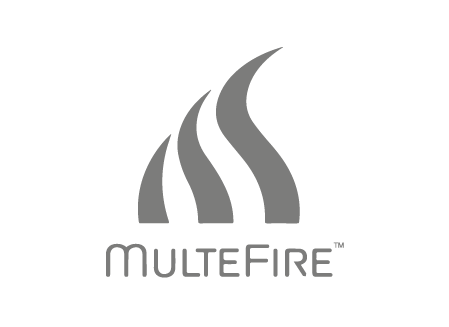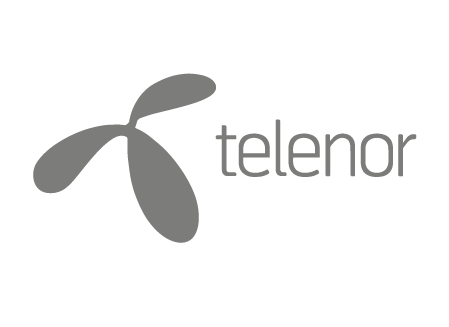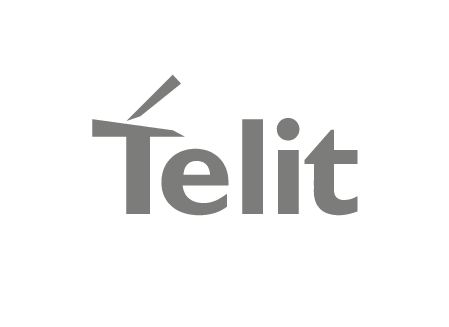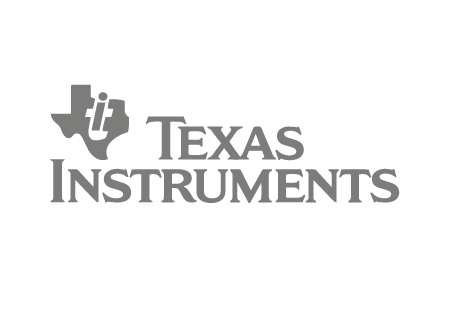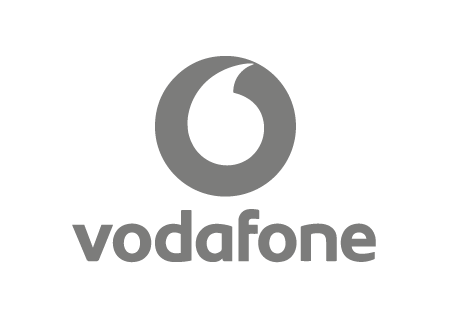Shaping the IoT future
across all market sectorsOur World of IoT Sector Map, first introduced in 2008, has been translated into many languages worldwide as a reference document. Now updated for the market today, it shows the 9 key business sectors where IoT applications abound, the application groups and application types within those sectors, and the devices – or ‘Things’ – typically connected at the network edge through which IoT services are offered to the market.
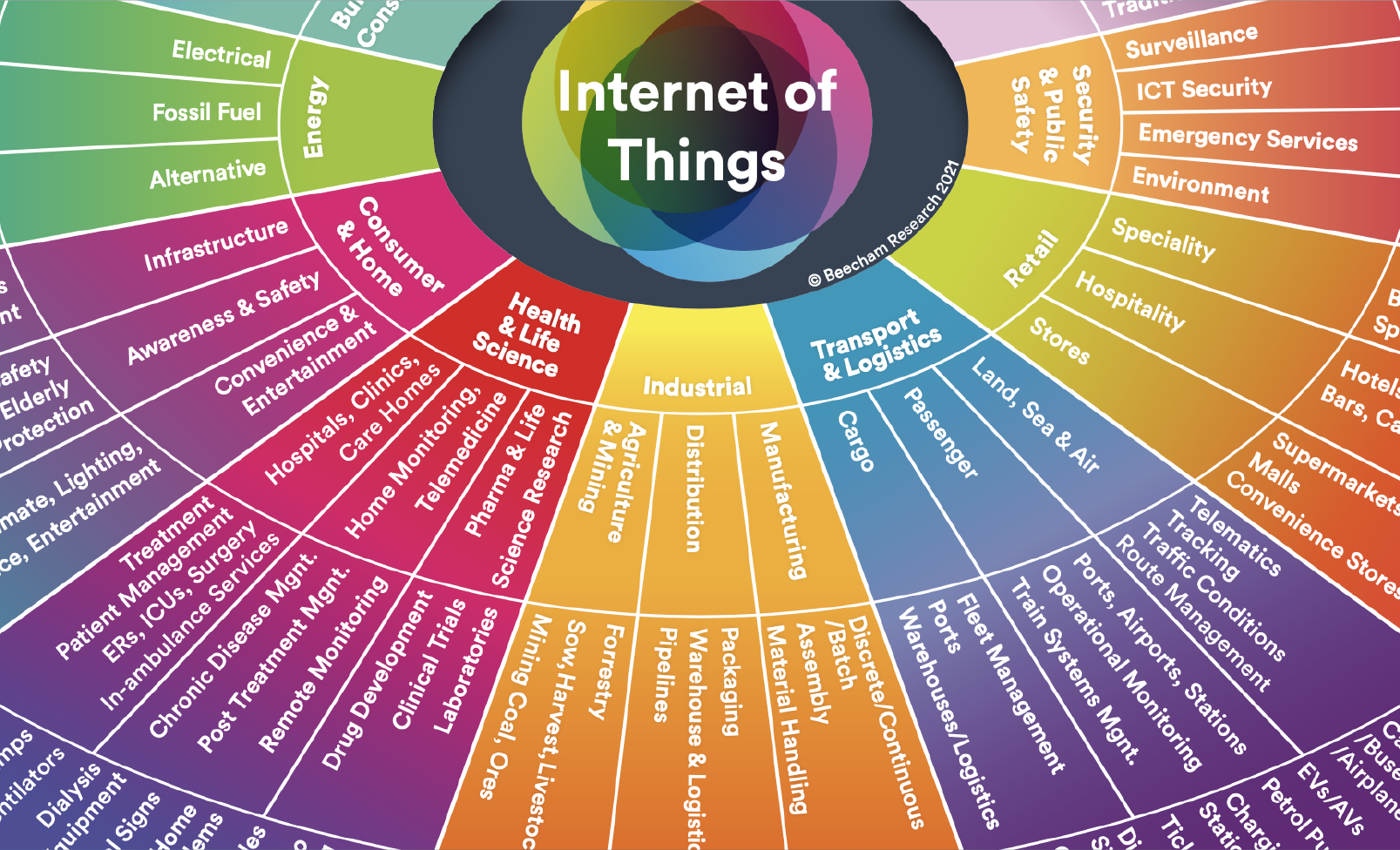
The question is no longer if security is needed, but how to maximise its value – and avoid potentially swinging government penalties.
A strong IoT security strategy ensures resilience, customer trust and sustained profitability, yet many businesses are unsure where to start.
IoT security is more than compliance – it’s a competitive advantage. Stay ahead of evolving threats while driving business growth.
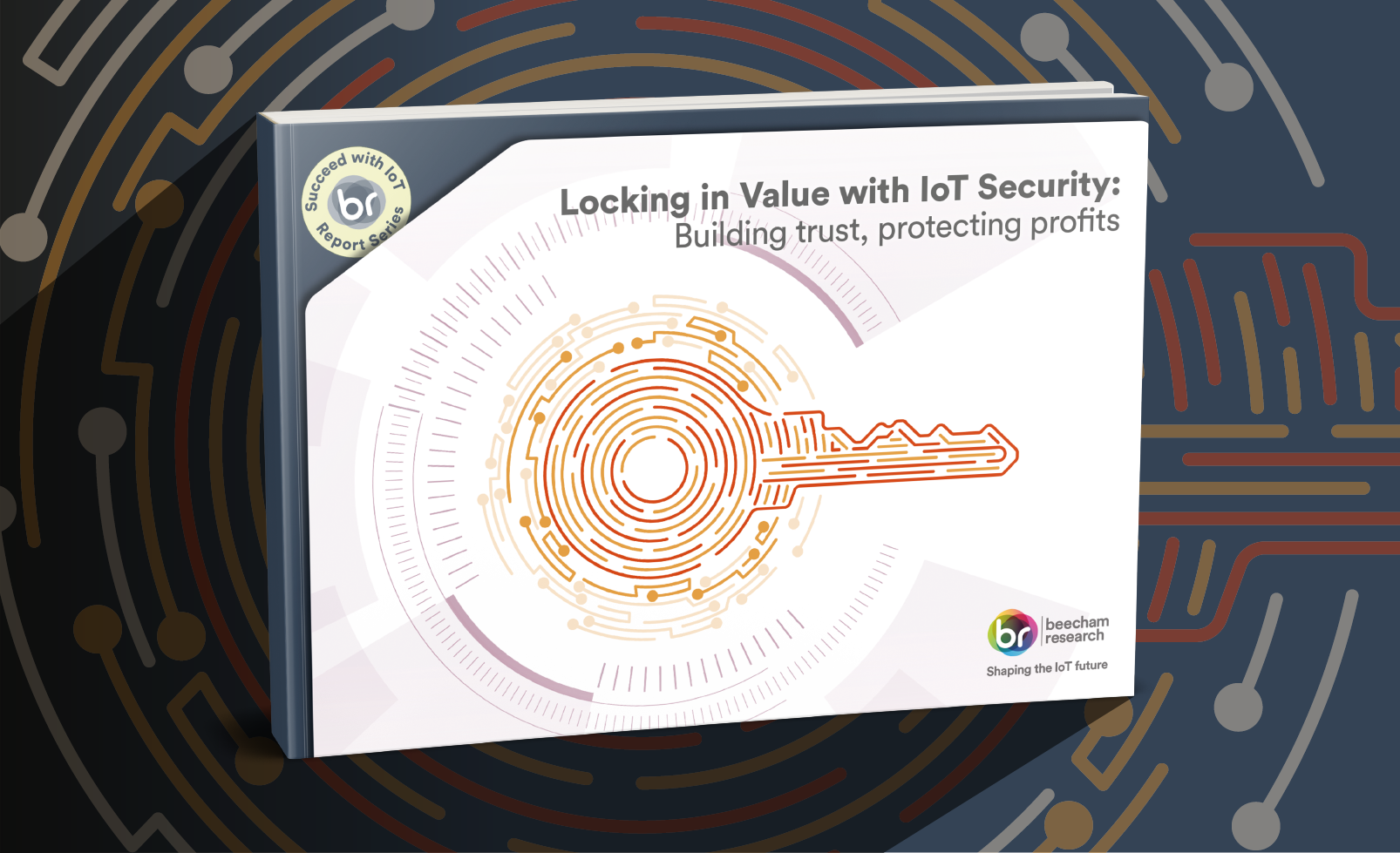
In today’s logistics landscape, visibility isn’t just an advantage – it’s essential.
Rising cargo theft, growing customer demands and strict compliance regulations are pressing challenges for businesses. Without an effective track-and-trace strategy, companies face lost revenue, inefficiencies and reputational risks.
This analyst-driven report, created with industry leaders G+D, highlights how these challenges are being tackled in practice.
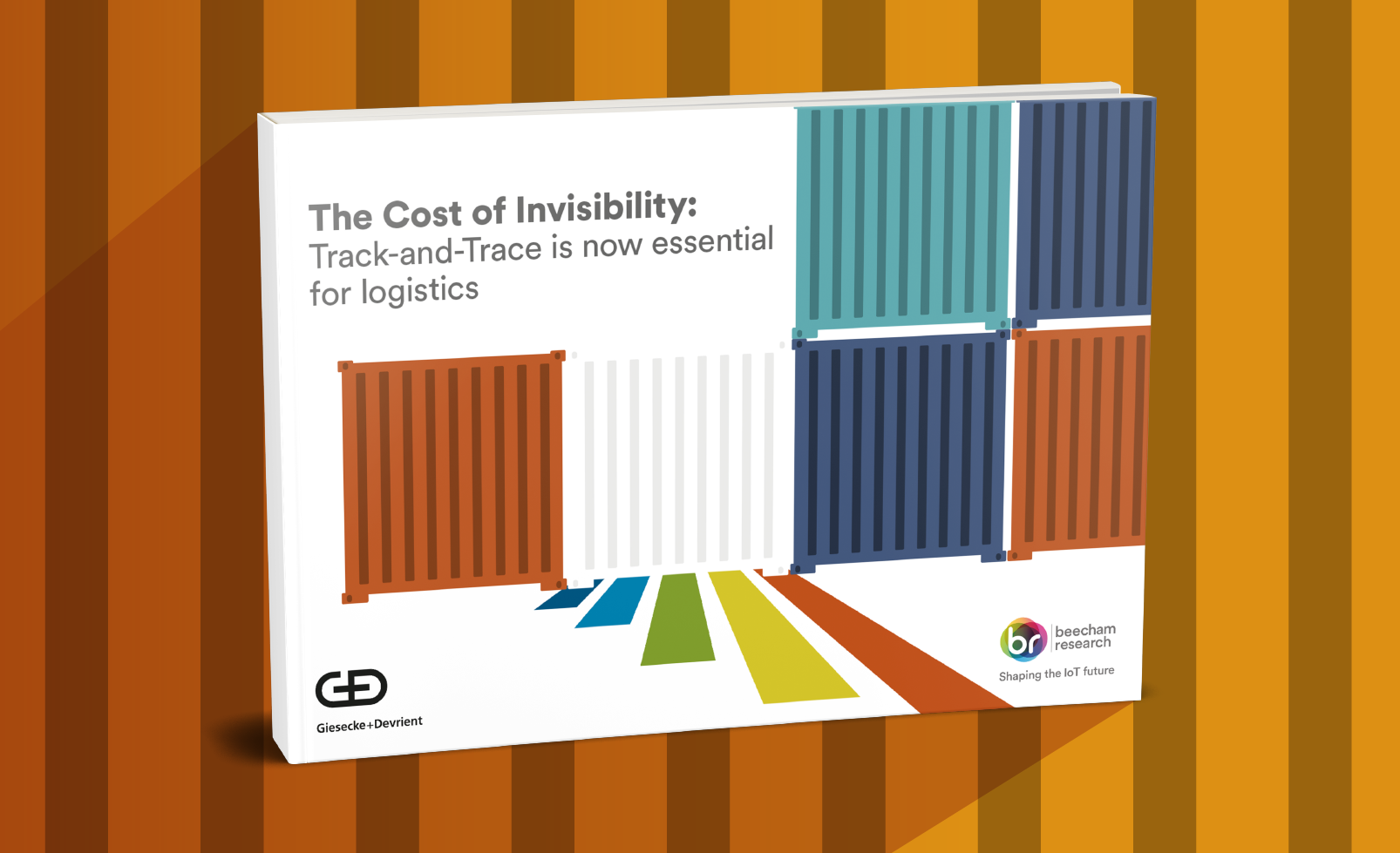
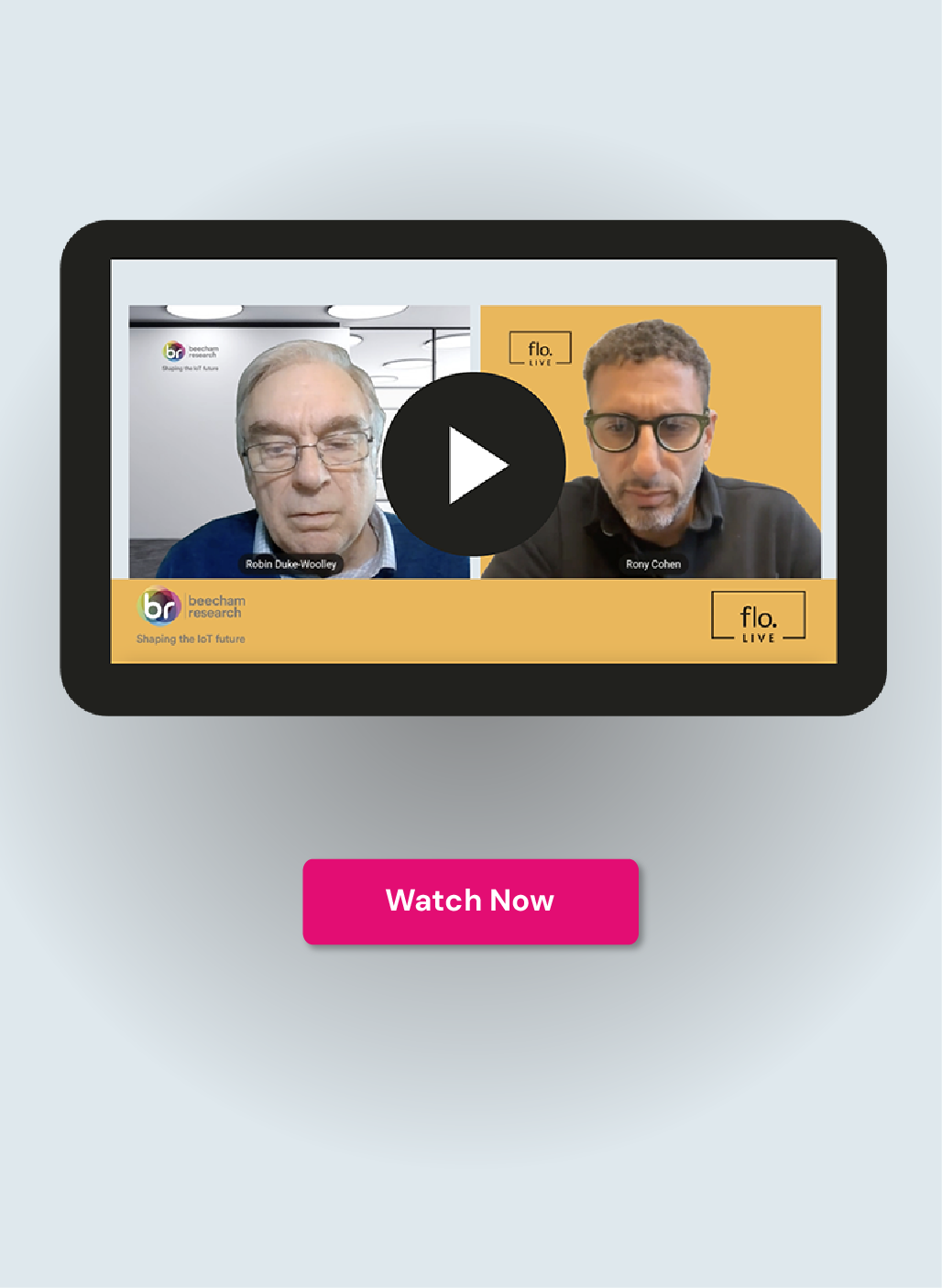
Join Beecham Research for an exclusive analyst briefing featuring an expert interview with Rony Cohen, Co-Founder of floLIVE.
This session explores the key challenges of expanding cellular connectivity for global IoT deployment, including roaming constraints, data sovereignty and regulatory barriers.
Watch Now >>
Tracking assets—whether goods, equipment, or people—is critical for business efficiency, security, and compliance. While satellite technology was once cost-prohibitive, new low-cost solutions are making global tracking more accessible than ever.
Read More >>
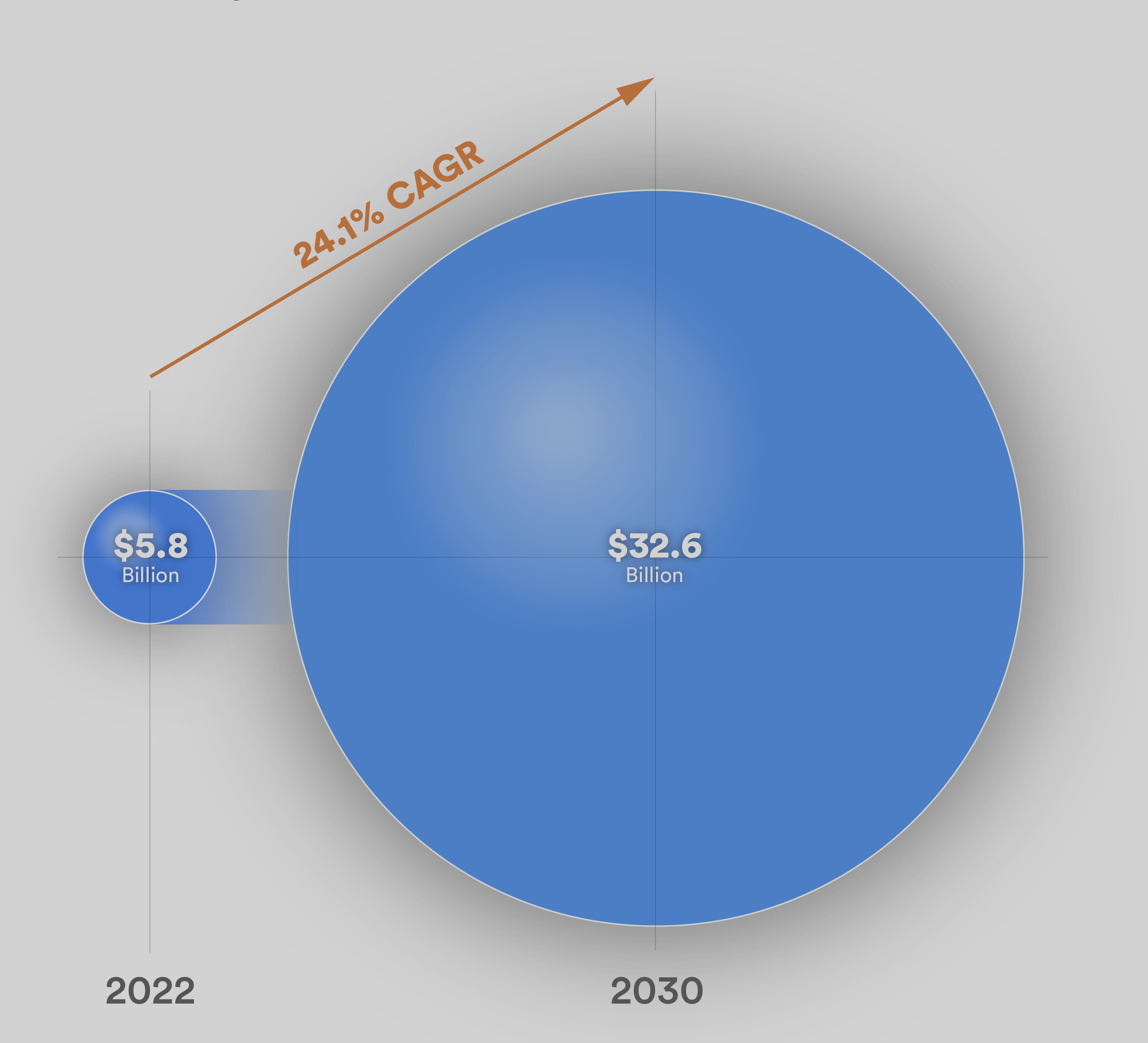
Edge AI is rapidly transforming business operations, with the market expected to grow from $5.8 billion in 2022 to $32.6 billion by 2030. By enabling real-time, low-latency processing, edge AI enhances productivity, reduces reliance on cloud computing and lowers costs.
Key benefits include: Faster decision-making and improved efficiency, Strengthened cybersecurity through local data processing, Reduced cloud bandwidth usage and energy consumption, Scalability for managing massive IoT data growth.
Read More >>
The EU’s Cyber Resilience Act (CRA) is set to transform IoT security worldwide, much like GDPR did for data privacy. By making cybersecurity best practices a legal requirement, the CRA compels manufacturers to integrate security into product design, manage vulnerabilities, and improve supply chain transparency.
Read More >>
With terrestrial networks covering less than 20% of the earth, satellite connectivity is becoming essential for global IoT solutions. Historically seen as costly, new developments such as low-power satellite using NB-IoT and LoRaWAN, ultra-low orbit nano-satellite services and hybrid networks, are making satellite IoT more affordable and accessible.
Read More >>
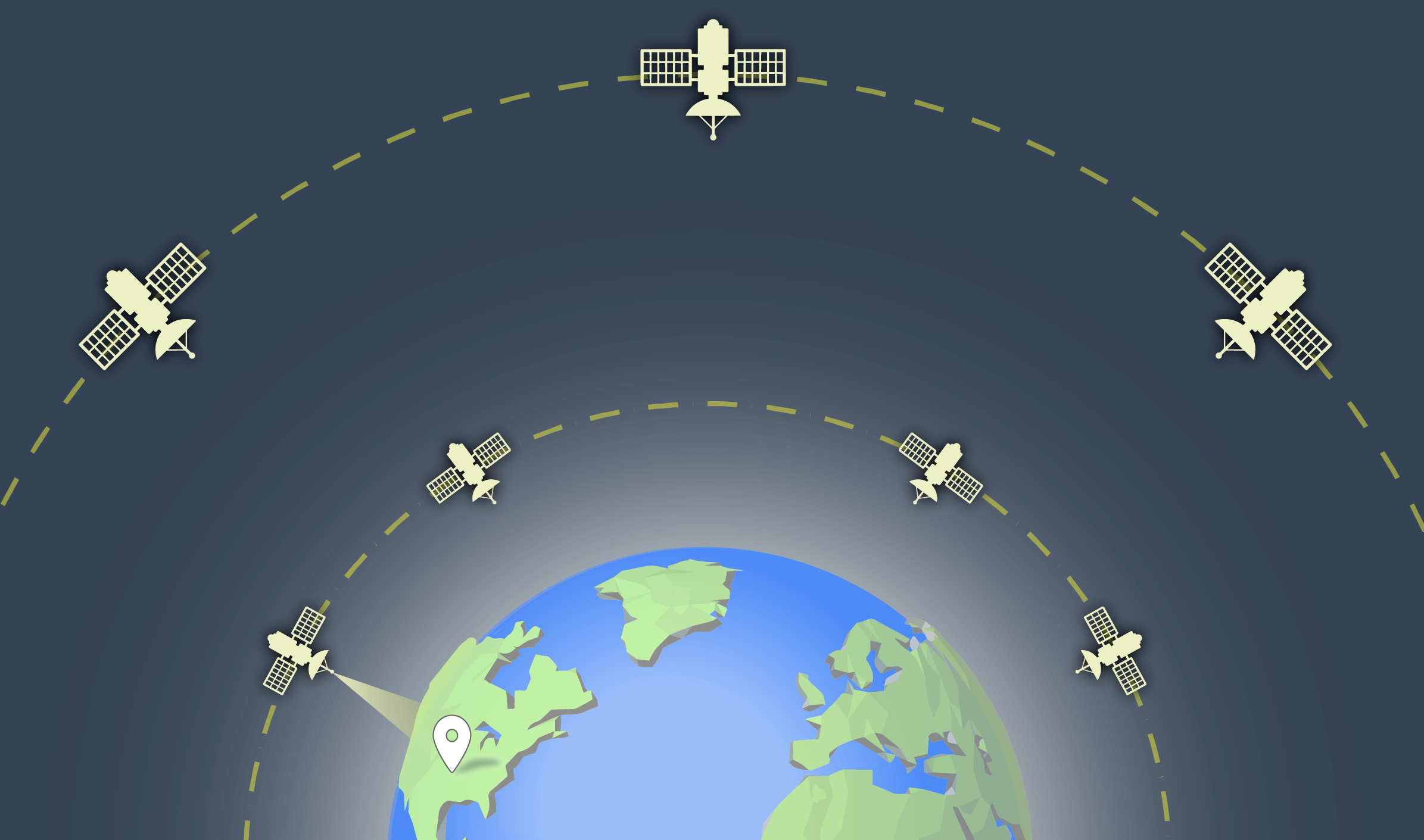
As cities embrace digital transformation, AI and IoT are revolutionizing public safety, traffic management, and environmental sustainability. Smart infrastructure, including AI-powered surveillance and predictive analytics, is enhancing crime prevention, reducing congestion, and improving air quality.
Read More >>
As sustainability becomes a top priority, IoT is playing a crucial role in optimizing energy efficiency, reducing carbon emissions, and meeting regulatory requirements. AI-driven energy management, real-time data analytics, and smart monitoring systems are helping industries—from real estate to manufacturing—track and improve sustainability performance.
Read More >>
